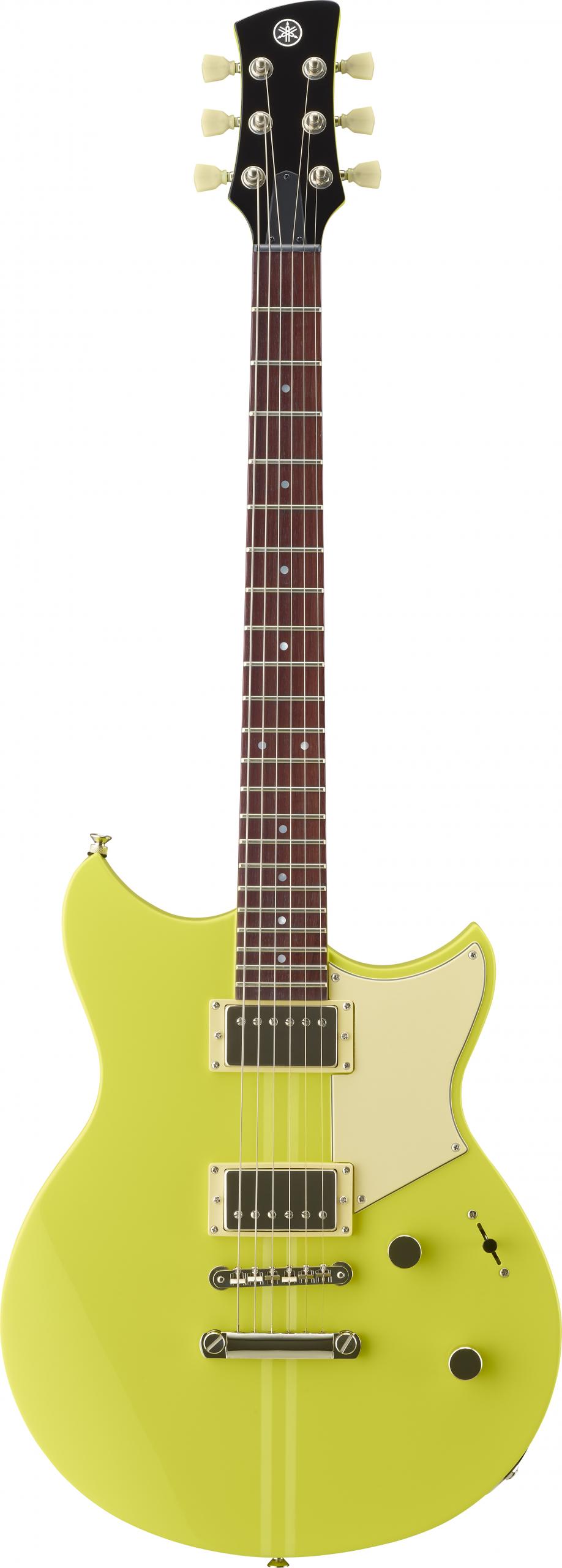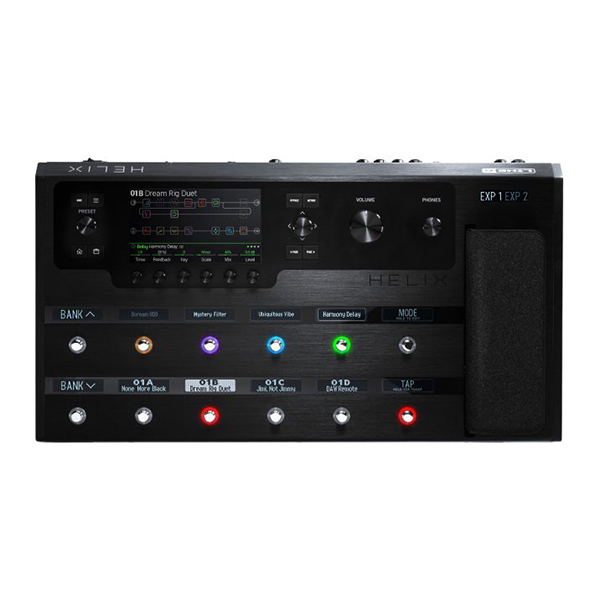This month we’re going to be jamming over a swing sixteenth Dorian progression, and modulating through four different keys. We’ll be targeting the Major 6th in all four keys to really evoke the characteristic sound of the Dorian mode.
The Dorian mode, simply put, is the second mode of any Major Scale. So if you know one major scale shape, you actually know all seven modes.
For example, If you’re wanting to play the F# Dorian mode, locate an E Major Scale shape and target the chord-tones of F#mi for your resolution points, instead of the chord-tones of Ema.
You also have the option of using the Minor Pentatonic Scale this month, in all four keys, if you’d prefer. The Pentatonic scale won’t give you the characteristic note of Dorian, but it’ll still sound great. It’s your jam.
The Chord Progression
This month’s chord sequence is a Iimi7 – V9 progression. A great Dorian vamp for us to jam over.
I’ve listed all four keys that we’ll be cycling through, so that you can see each of the changes. Each key will last for 8 measures. I’ll play for the first four bars and you’ll play over the next four bars.
My next lick in the solo will be in the new key. (and so will yours)
When you jam over the MP3 on your own, you’ll be playing for eight bars in each key.
IImi V9 Key of E Major – targeting the F#mi7 (IImi7)
II: F#mi7 I B9 :II x4
IImi V9 Key of G Major – targeting the Ami7 (IImi7)
II: Ami7 I D9 :II x4
IImi V9 Key of Bb Major – targeting the Cmi7 (IImi7)
II: Cmi7 I F9 :II x4
IImi V9 Key of Db Major – targeting the Ebmi7 (IImi7)
II: Ebmi7 I Ab9 :II x4
Pentatonic Quick Study
If you’d prefer to use the Minor Pentatonic scale, here’s your list of key changes. Try playing through those changes in position. Trust me, you’ll become a much better player if you can locate other Pentatonic shapes for each key, without shifting along the fretboard using the same shape.
F# Minor Pentatonic
A Minor Pentatonic
C Minor Pentatonic
Eb Minor Pentatonic
My Solo Approach
You’ll notice that I’m staying in position on the fretboard to create my four licks this month. I’m specifically using the Dorian Mode and targeting the Major 6th in each key to bring out the characteristic sound of Dorian.
You’ll also notice some Pentatonic-like phrases. This is because the Minor Pentatonic scale is also derived from the major scale.
If you’re an advanced player, you’ll be able to use all five pentatonic shapes in position across the fretboard, and all seven Major Scale (Dorian) patterns for this jam.
If not, that’s O.K., use the tools you know, and expand your horizons from there.
Staying on Track
You’ll notice that I’m playing the rhythm guitar part in the spaces I’ve left for you. You’ll see me move into each new key, which will help you stay on track over the changes. I’ve also indicated those changes as on-screen prompts.
Remember to package your phrases within the spaces I’ve left for you.
If you’d like to dig deeper into this concept and expand your chops over different keys, using various types of Minor scales, check-out my TrueFire course called “Power Play” Minor edition.
https://truefire.com/techniques-guitar-lessons/power-play-minor/c790
O.k., let’s get down to business and jam.
Robbie Calvo – https://www.tradinglicks.pro
__________________________________________________________________
Gear Used – Yamaha Revstar RSE20 – Line 6 Helix Rack.
Chord Progression; II: IImi7 I V9 :II Shifting keys in Minor thirds
Tonal Center Modality – The Dorian Mode – F# / A / C / Eb
Tempo – 96 BPM



